I'm a Doctor and Here are My Pro Ozempic Tips You Should Know

Are you on Ozempic and want to maximize your weight loss results? Derek Maloney, MD (@doctormaloney) is a Los Angeles-based doctor who specializes in weight loss. He regularly shares informational videos on social media about how to lose weight, especially with the help of weight loss drugs such as Ozempic. In two recent viral videos, he offers a few professional Ozempic tips to help you maximize weight loss with the drug. "All right, Ozempic pro tips part one," he says. "This is a good example of a small shift you can make that can lead to surprisingly big results."
You Get Max Effects of Ozempic 3 to 4 Days Post Injection
@doctormaloneyPro tip – choose your Ozempic injectjon day strategically! I recommend Wednesdays or Thursdays so you have maximum protection heading into the weekend♬ original sound – Dr. Derek Maloney
"Ozempic is dosed once a week, but one of the things you'll experience early on is that you really get the maximum effect of the medication for the three or four days after each injection," explains Dr. Maloney. "And this is something you can strategically use to your advantage."
Aim for Max Effect to Hit Around Days You Usually "Slip Up" on Your Diet
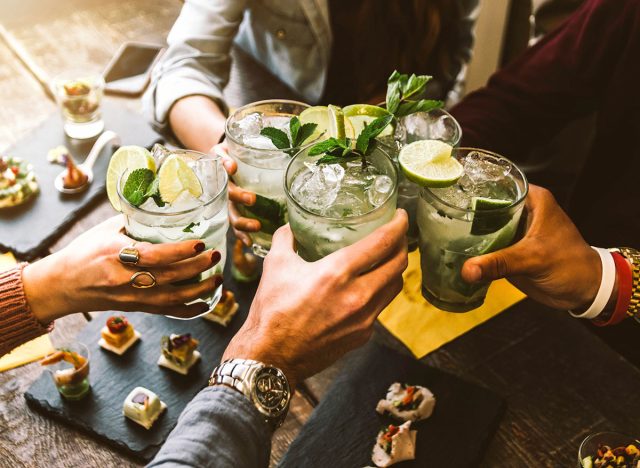
"Ideally, you wanna be feeling the max effect of the medication on days where you just kind of tend to slip up on your diet. And for most people I know, myself included, that tends to be the weekends. You know, got to eat, have a couple drinks, celebrate a birthday," he says.
First Tip? Get an Injection on Wednesday or Thursday
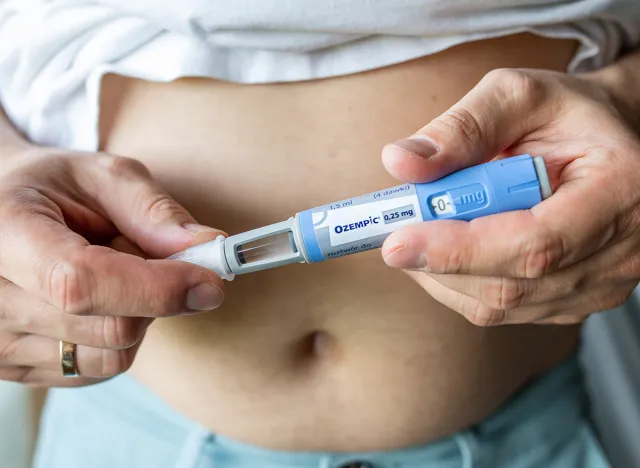
"I usually recommend to my patients, try taking your injection on a Wednesday or a Thursday," he reveals. "This will give you the maximum protection heading into each weekend, and you can try adjusting your injection date just based on your lifestyle and whatever your unique challenges are."
Next Tip? Quiet Food Noise
@doctormaloneyOzempic Pro Tip – how to reduce Food Noise Try cutting out sugar and focusing on protein and fat Especially combined with Ozempic This can reduce food noise and help make better dietary choices over time♬ original sound – Dr. Derek Maloney
In his next video, "Ozempic pro tips part two," he starts by discussing food noise. "If you're trying to lose weight, food noise is just one of the most difficult parts to overcome. I know for myself that I'm just constantly thinking about food. So this is something you definitely want to tackle head-on," Dr. Maloney says.
Food Noise Has a Psychological/Behavioral Component
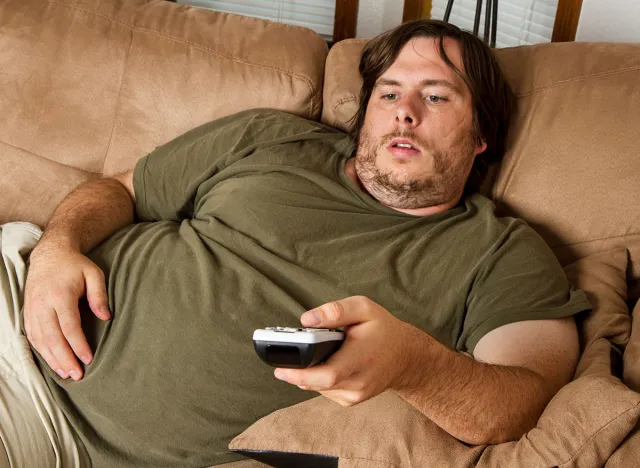
He says that food noise has two components. "The first is a psychological or behavioral component," he says. "You know, we tend to eat when we're stressed or when we're bored or when we have to have food and watch TV at the end of the night. I think this is the part that's just a lot harder to overcome."
RELATED: I Lost 24 Pounds in 2 Months, the Easiest Way Possible
It Also Has a Physiological/Biological Component
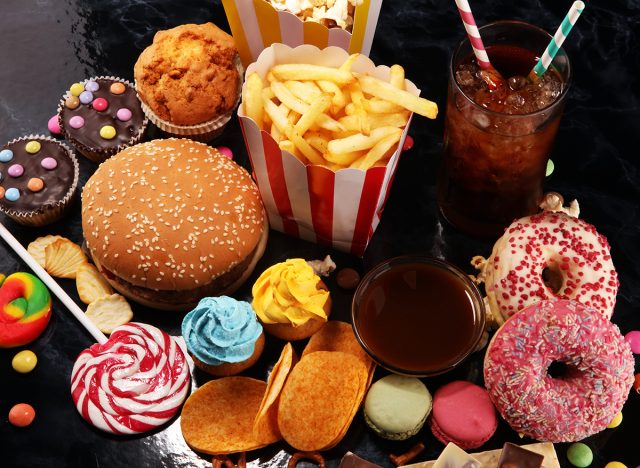
This is why he recommends focusing on the other component, "which is the physiological or biological part of food noise," he says. "Your body's hungry when it needs energy, and one of the biggest issues with most of our diets is that they're just jam-packed with sugar and starches. These foods give you a ton of energy almost right away."
When You Have too Much Sugar, Your Body Stores It for Fat and Energy Drops, and You Get Hungry
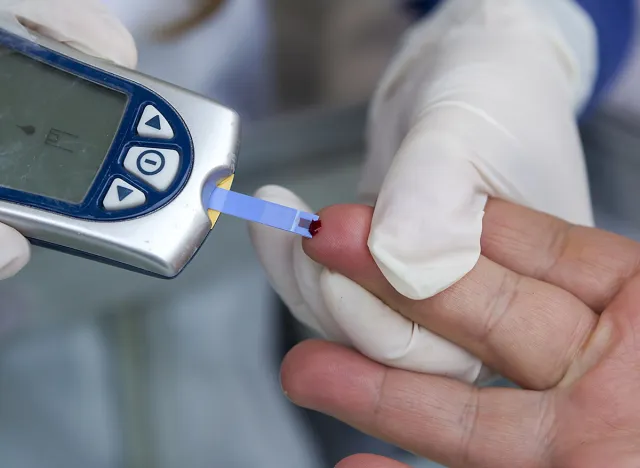
You picture kids with a "sugar rush" or "runners having a couple of sugar packets and then running a marathon,' he says. "But for most of us, when we're kind of just sitting at home or we're at work, our body now has all this energy, and if we don't use it right away, the body takes it and stores it for later as fat. And then, now that your energy levels are low, again, you're hungry. Again, this is a big part of why we all feel like we're on that rollercoaster of really hungry and then crashing and just kind of constantly thinking about food."
Pro Tip: Get Most of Your Calories From Protein and Fat
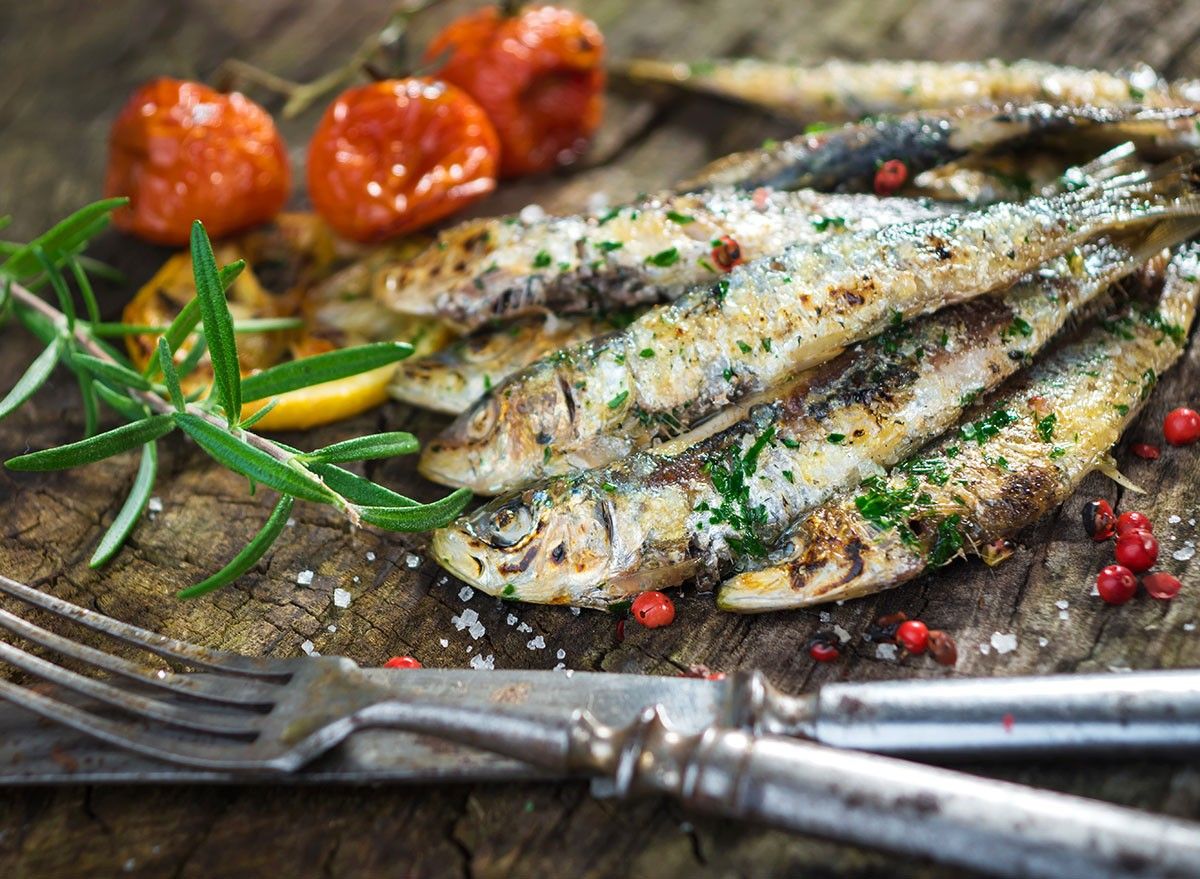
"Alright, so what can we do about this?" he asks, offering up his next tip. "Your primary goal is to get most of your calories from protein and fats. These foods will give you a much slower, sustained form of energy that'll prevent those crashes that lead to that sort of reactivation of hunger and food noise. Don't expect this to happen right away. When you start really focusing on protein and fats, your body's gonna need a little time to get better at using these foods as the main source of energy."
RELATED: I'm 50+ and These 7 Fat-Blasting Habits Keep Me in the Best Shape of My Life
But Don't Rely on Processed Foods
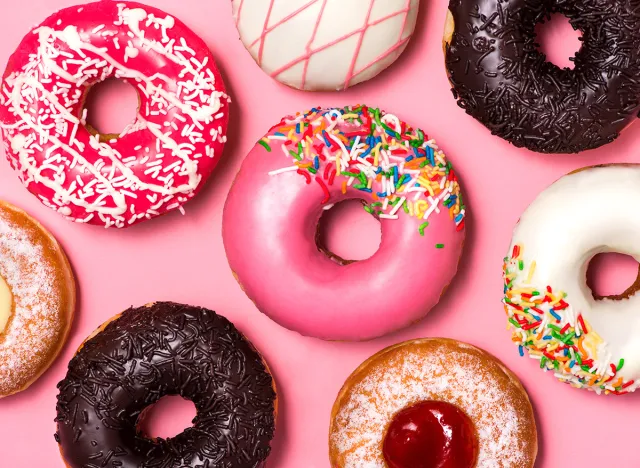
"As you're doing this, make sure you don't run into the mistake a lot of people do, which is introducing high protein versions of just generally unhealthy foods like protein waffles, protein pancakes," he continues. "These generally tend to have a lot of processed ingredients in them that, again, will end up spiking your blood sugar and just keeping you on that never-ending roller coaster."
One More Tip: Drink "A Ton of Water"

One more tip? "Most of the time, you're hungry; you're actually just thirsty. So make sure you're drinking a ton of water," he says. "You're swapping a lot of the sugar and starches for more protein and fat-based meals. Then especially if you add a medication like ozempic, which can really help keep things under control, you should see the food noise decrease over time." And if you enjoyed this article, don't miss 20 Incredible Ozempic Success Stories of All Time.




